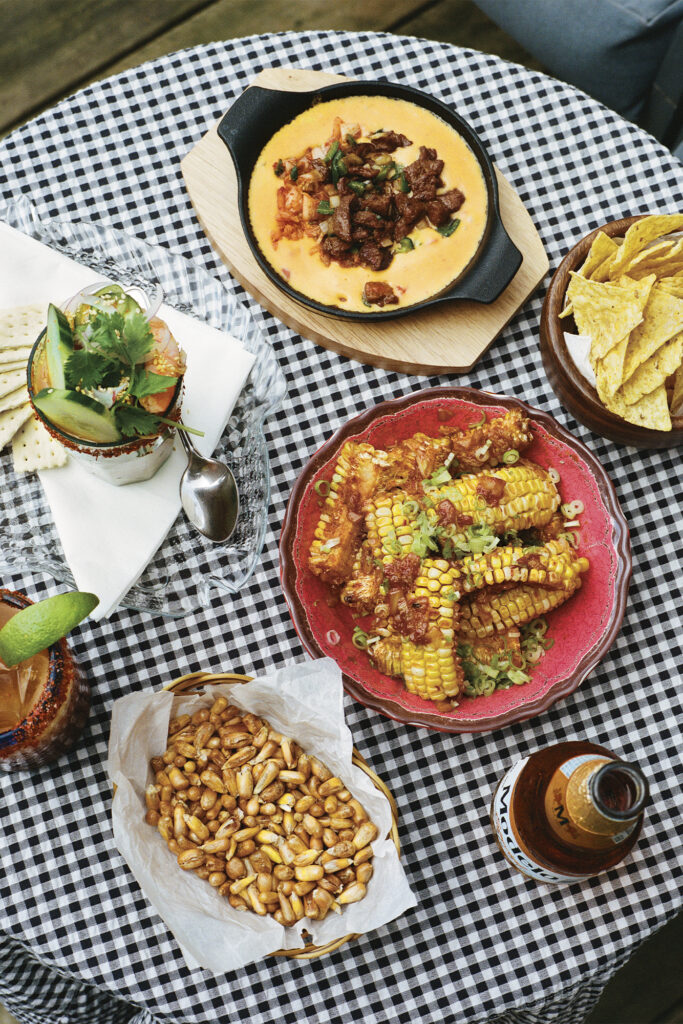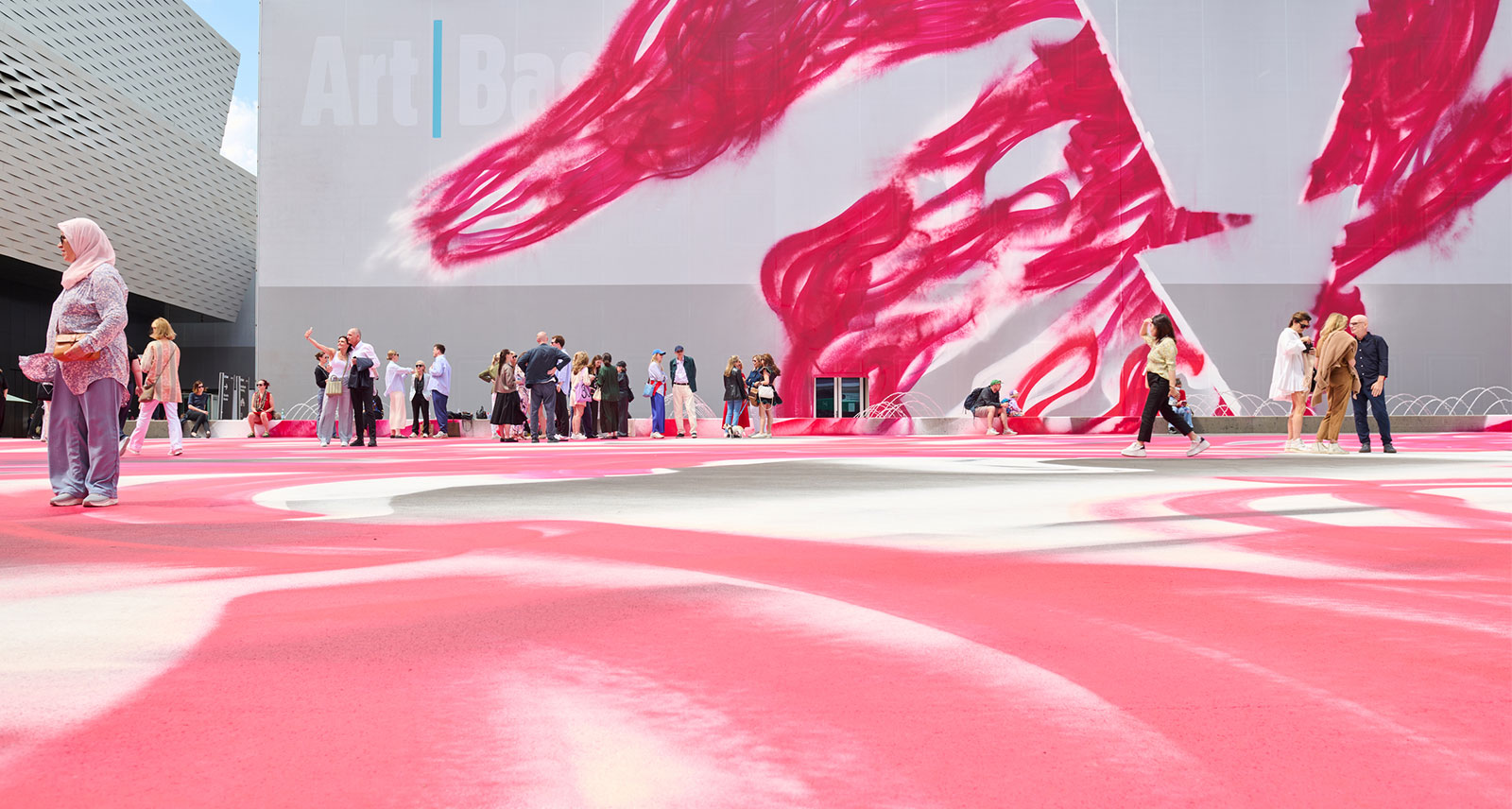Behind the Counter of Canada’s Top Restaurants
In an ever-evolving restaurant industry, few things are sacred enough to remain constant. Yet, amongst industry veterans, conversations centred around where we eat and where we need to try feel impervious to change. As someone who spends most of my time sitting at a bar or getting my wine glass filled at a restaurant, I find myself repeatedly answering the same three questions: is Toronto’s Dundas West area actually any good (and, if so, where do I go)? What happened to the time-honoured steakhouse? And what is it about Montreal restaurants that make them so renowned? Fortunately, those at the control panel of Canadian dining culture are eager to answer. After speaking with them, here’s what I found.
Sammarco
I suppose a sign of maturity is realizing the importance of a good steakhouse, not because of one’s innate desire to impress clients or their affinity for oysters Rockefeller. Instead, it’s because one realizes that steak is something that can, and should, be done just the way they like it. It is for that reason that, as we mature, we eventually get quite good at making it ourselves.


North American dining culture has entered a renaissance where we have dissociated the steak from the steakhouse — many restaurants now offer a nice steak on the menu, and we’ve learned to take a perfect cut for granted. Enter David Minicucci and Rob Rossi, the minds behind Michelin-starred Giulia and sister restaurant, Giulietta. Like you and me, they also have opinions on the steakhouse and, this fall, they’re doing something about it.
Having individually influenced Toronto’s restaurant culture, their new venture, Sammarco, marks the duo’s third project together. Fresh off a year that included their first Michelin star, the two decided to skip the victory lap and go straight for the next prize: an Italian steakhouse. Opening in November and located in Old Toronto, steps away from the theatre district, Sammarco does possess many qualities intrinsic to the steakhouse of times past: old building, rich millwork, and leather banquettes all serve as a reminder of the idea behind the spot, with a healthy inclusion of fine-dining detail such as custom linens, cart service, and a robust whisky selection.
That said, some elements will help breathe life into the old-school restaurant trope. The walls are adorned with Canadian artwork from galleries across the city, while terrazzo flooring and Italian stone offer quintessential Italian flair. As for the menu, their resume might be an indication of what is to be expected: unconventional steakhouse starters and sides alongside prime Canadian beef and a large fish and fresh seafood selection, paired with a wine and spirit selection that’s as playful as it is classic.

For me, the most exciting feature of Sammarco will be the Carlevale room. Getting its name from Michael Carlevale — owner of the original restaurant in the space called The Boston Club — the dining area will be a private room with its own entrance, bar, and restrooms. This will mark the first private dining experience for the pair, further adding to the old-school charm of the steakhouse.
Bonito’s
Three projects in, Adrian Montesdeoca and Michael Kim are confidently eyeing down their next title defence. They’re in the big leagues now, and Bonito’s marks the next chapter for the young duo who have helped weave the web that encapsulates the Dundas West neighbourhood. There is already a lineup at the door and tickets are selling out quickly. At some point, the saying “you had to be there” will define places that Montesdeoca and Kim have had a hand in opening. Securing a spot at their bistro, Milou, at one of its three patio seats that border the front window, or popping in for the infamous lychee martini at Bar Bowie is still as hard today as it was the day they opened. Needless to say, these two have found themselves holding up belts in a few divisions, with no sign of an early retirement.

Having opened in late August, Bonito’s walks the line between classic and familiar. Where its older siblings play off tropes like the neighbourhood French bistro (Milou) or the movie backdrop New York cocktail bar (Bar Bowie), Bonito’s instead finds its identity in the cultural ambiguity that we’ve become so familiar with here in Canada, specifically in our relationship with food and drink. We see it all the time — that kind of place that is neither restaurant, nor bar, and yet sometimes both. You don’t know what to call it, you just know that they serve food there, and you’re not even sure what kind. They could probably make you a coffee. They can definitely make you a drink. It’s here that we should make the distinction between what a place serves and what it offers.
With Korean and Ecuadorian heritage, respectively, Bonito’s serves food influenced by Kim’s and Montesdeoca’s backgrounds, but what it offers is a lot closer to home. After speaking with them, it’s clear they agree that there’s a certain cheesiness to the idea of fusion cuisine. Alternatively, they looked to movements that haven’t received the same level of criticism or appropriation to find inspiration for their newest spot. Take for instance the Japanese “Yankii” movement, informed by ’50s rockabilly Americana, or the contemporary Chicano subculture in Nagoya, influenced by modern southeast Los Angeles. What Kim and Montesdeoca are serving feels like an ode to their roots, delivering their guests something less familiar than they might at a French bistro or cocktail bar. But perhaps it might be refreshing to go eat where things seem less familiar, especially if you can get in before the lineup.
Le Violon



After visiting Le Violon this past summer, I was reminded of this maxim: “Service is what you receive at a gas station; hospitality is what you receive at someone’s home.” Here lies the single most important reason why Montreal has cemented itself as one of the world’s best restaurant destinations. Today, the same quality of food can be found anywhere with passionate people and access to good ingredients. So then, what exactly is that tangible quality that separates Montreal’s food scene from other cities? The answer to that question can be found at Le Violon, the latest collaboration between Danny Smiles, Andrew Park, Mitch Laughren, and Dan Climan.
After speaking with Smiles, who tag teams the food program with Laughren, I realized the quality that spots like Le Violon have: a team. When speaking about how this project started, Smiles makes it clear that it’s collaboration that helps build a restaurant into something that feels less like a product and more like a place. The four founders always wanted to open a place together, and as the years went on, not only did they become more experienced in their craft, but they also became more sure of their individual and collective involvement. As Smiles puts it when discussing Le Violon’s conception, all bases would be covered; Park would do wine and beverage, Climan would do artistic direction, and Smiles and Laughren would take care of the menu. It seems simple enough, but it’s worth noting that rarely do all of these pieces come together from within ownership. A restaurant might have some of these elements, but generally must look externally to find the missing link. Le Violon’s advantage is akin to a home decorated by an interior designer versus the home of an interior designer; asking someone to make your home reflect you is as challenging as asking someone to design a restaurant to match the food, or to present drinks in a way that plays off the tone of the space. No one knows “you” as well as you, just as no one knows Le Violon like its founders.



These elements all play off of each other at Le Violon. The food is allowed to shine (after all, you are there to eat). The rest comes down to cohesion; the menu, the energy of the room, and the hospitality all feels very playful, detailed, and dialled in, yet unpretentious. That theme is obvious throughout the dining experience. Perfectly prepared chicken mousse adorned with radish is served in what looks like a vintage ice cream cup. In a similar vein, you can be shooting the breeze in the same tone with the server before or after ordering a nice bottle of red Burgundy. To imply that the service is good here is to compare it to anywhere else that serves, and Le Violon understands that mere service is something best saved for the gas station.










